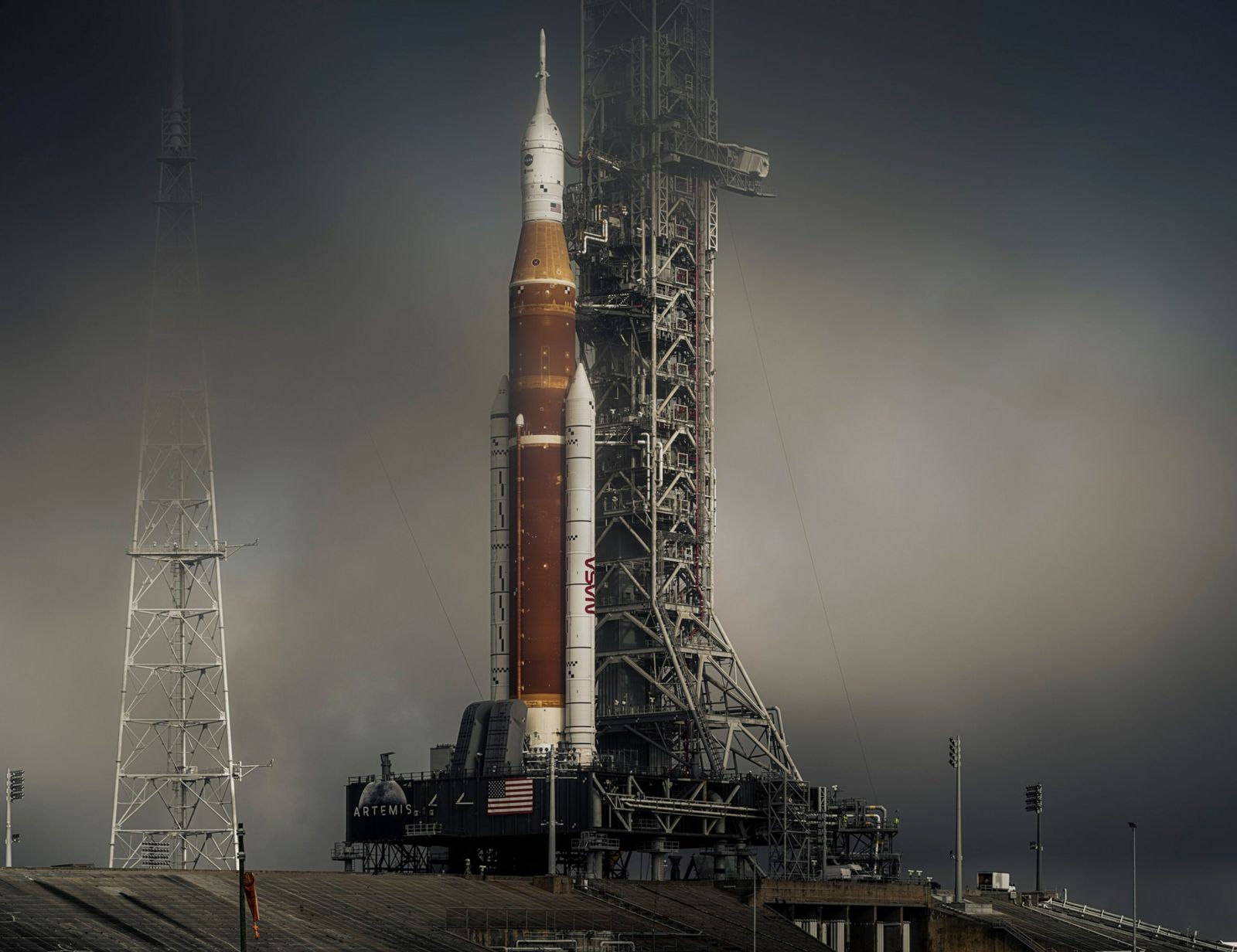NASA has started an essential first step toward sending people back to the lunar surface, fifty years after the conclusion of the last Apollo moon mission.
In an unmanned test flight known as Artemis I, the agency launched its brand-new mega-rocket and spacecraft on a journey to the moon on Wednesday. At 1:48 a.m. Eastern Time, the massive rocket launched from the NASA Kennedy Space Center in Cape Canaveral, Florida.
Before approving liftoff, Charlie Blackwell-Thompson, the agency’s first female launch director, remarked, “For the Artemis generation, this is for you.”
The ceremony marked the much-anticipated launch of NASA’s Space Launch System, or SLS, a next-generation rocket booster that the organization describes as the “most powerful rocket in the world.”
The Orion capsule, which is shaped like a gumdrop and will someday transport men to the moon, was perched atop the 322-foot-tall rocket.
In a speech to her team after the launch, Blackwell-Thompson emphasized how their efforts would serve as an example for future generations.
You deserve this opportunity, she said. “You deserve to be remembered in history.”
According to Blackwell-Thompson, the significant liftoff is the first step toward sending American astronauts back to the moon and subsequently to Mars.
You are involved in a first. They don’t happen very often – maybe once in a career,” she remarked. But the initial launch of Artemis is something really unique that we are all a part of.
Before flights with people on board, the SLS rocket and the Orion capsule will be tested during the 26-day Artemis I trip. To research the circumstances throughout the flight and track radiation levels throughout the mission, the spacecraft is equipped with a set of mannequins.
Before returning to Earth, the Orion spacecraft will go to the moon and spend a few weeks in orbit there. On December 11, the capsule is anticipated to splash down in the Pacific Ocean.
After two attempts, in late August and early September, were aborted due to a malfunctioning sensor and a string of hydrogen fuel leaks, the Artemis I mission was ultimately launched.
Stormy weather also prevented the airplane from taking off. In late September, the rocket was brought back to NASA’s Vehicle Assembly Building in advance of Hurricane Ian, which wreaked havoc on southern Florida.
According to NASA, the Artemis I launch had to be postponed once again last week because Hurricane Nicole made landfall on Florida’s east coast on November 10. Nicole made landfall more than 70 miles south of the launch site.
Even though the countdown to liftoff was not without its own drama, the enormous SLS launcher was able to go into orbit this time.
A valve at the bottom of the launch pad was causing sporadic leaks of liquid hydrogen, which were discovered just before 10 p.m. ET. Different leaks from the ones that compelled NASA to cancel the first two Artemis flight attempts occurred.
To tighten down the nuts on the valve, the agency decided to deploy a highly skilled “red team” of two experts to the launch pad. The work was carried out in the so-called explosion hazard region, near to the mostly-fueled rocket, and was tightly supervised by safety specialists, according to agency officials.
Engineers were able to patch the leak and continue with the remainder of the fuelling operation and the countdown despite being around 40 minutes behind schedule.
The goddess of Greek mythology who was Apollo’s identical twin bears the name Artemis. NASA may send people to the moon as early as 2025 if this test mission and others are successful.
NASA plans on sending frequent missions as part of the Artemis program to set up a base camp on the lunar surface before making a trip to Mars.
After more than a decade of research and development by NASA, the much-awaited Artemis I test flight was launched. NASA had been working to create a megarocket that would outperform the famous Saturn V rockets used during the Apollo lunar mission, the last of which made its last flight in 1972.
The project has received criticism over the years for going billions of dollars over budget and years behind schedule.
NASA Inspector General Paul Martin estimated that from 2012 to 2025, the Artemis program would have cost the organization $93 billion at a hearing before the House Science, Space, and Technology Committee this year. Each Artemis launch is anticipated to cost around $4.1 billion, he added.
If it is successful, Artemis I will be followed by a test flight for Artemis II, which is slated to take place sometime in 2024. Four astronauts will go to the moon on an exploration aboard the Orion spacecraft during that trip.
NASA has announced that the Artemis III mission will make history by bringing a woman and a person of color to the lunar surface.
Source: NBC News

